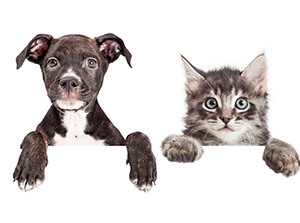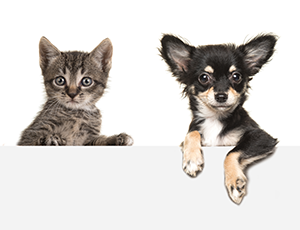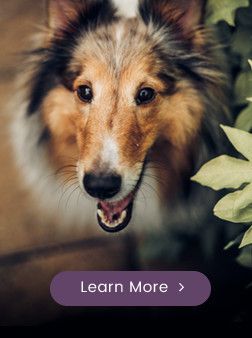Traveling With Your Pet

Our pets are a beloved part of our family and sometimes this means that they have to travel with us when we undertake long journeys. As a general rule cats seriously dislike traveling and are almost always better off at home in their own environment. Dogs are more amenable to traveling, but there are still a number of considerations to make to ensure that the journey is both safe and comfortable for your pet.
Traveling by Car
The most important thing to remember is to ensure that your pet is not free to roam around the vehicle. Not only could this be distracting for the driver, but your pet will not be protected in the event of a crash. You may have seen dog seat belts being sold in some pet stores. Whilst they have been approved for sale, there is no reliable evidence proving them to be effective in accidents. Instead you should secure your pet in a crate that has been tethered to the car by a seatbelt or other secure method. Ensure that crate is big enough for your pet to change position if they become uncomfortable.
Do not put animals in the front passenger seat of your vehicle. If the airbag deploys then there is a chance that your pet could be seriously injured.
Do not ever leave your pet alone in the car. Animal thieves frequent parking lots and service stations looking for unattended pets to steal. Also leaving an animal alone in a warm car can be fatal. On a day where the outside temperature is 85F, the temperature inside your vehicle can reach 120F in just 10 minutes putting your pet at serious risk.
Do not allow your pet to stick his head outside a moving vehicle. Doing so risks injury or sickness by fast-moving air forcing itself into your pets’ lungs.
Never transport your pet in the back of an open pick-up truck.
Make plenty of bathroom breaks. This will also allow your pet to stretch their legs and have a drink.
As a general rule, if you wouldn’t allow your child to do it then do not allow your pet to do it either!

Traveling by Plane
Air travel is not suitable for animals and should only be used in situations where it is absolutely necessary and there are no alternatives. It is particularly dangerous for breeds with brachycephalic faces such as bulldogs, Persian cats and pugs since these breeds have an increased risk of heat stroke and oxygen deprivation due to having shortened nasal passages.
If possible, you should always take your pet in the cabin with you. Most airlines will allow this for an additional fee, but there may be restrictions on pet size and the type of carrier allowed to be used. Ensure that you make all the necessary arrangements well in advance of your flight as there are also limitations on how many animals can be taken in the cabin at one time. Speak with your airline for information on their policy for transporting pets.
Be prepared for security checks. Your pet's carrier will still have to pass through security x-rays and you should be prepared to adequately restrain your pet whilst this happens.
If your pet is unable to fly in the cabin and you have no option but to transport them in the cargo hold, you should be aware that many animals are lost, injured or killed when traveling this way due to insecure crates, turbulence, rough handling, poor ventilation and extreme temperature fluctuations.
There are a number of steps that you can take to increase the chances of your pet having a safe flight in the cargo hold.
Always use direct flights where possible.
Always travel on the same flight as your pet where possible.
Carry a picture of your pet with you. If anything does happen, this will make it easier to look for your pet and prove that he is yours.
Do not feed your pet 4-6 hours before the trip to try and ensure that they do not need to evacuate their bowels mid-flight. Small amounts of water should be given to avoid dehydration.
Ensure that the captain and flight attendants are aware that there is at least one animal traveling in the cargo hold.
Ensure that your pet has identification, either by securing him with a collar and identity tag, or preferably a microchip.
Give your pet a thorough examination as soon as you arrive at your destination, and take him straight to a veterinarian if you are at all concerned.
Let your pet explore and get used to the carrier or crate in the weeks leading up to the journey.
Put your travel information along with your contact details on the side of the carrier or crate.
Try and choose flight times that will accommodate extreme temperature fluctuations. For example, if traveling in the summer when the weather is hot, try and travel in the evening when the temperatures decrease to a more comfortable level. If traveling during winter, try and fly during the day when the temperatures are warmer.





